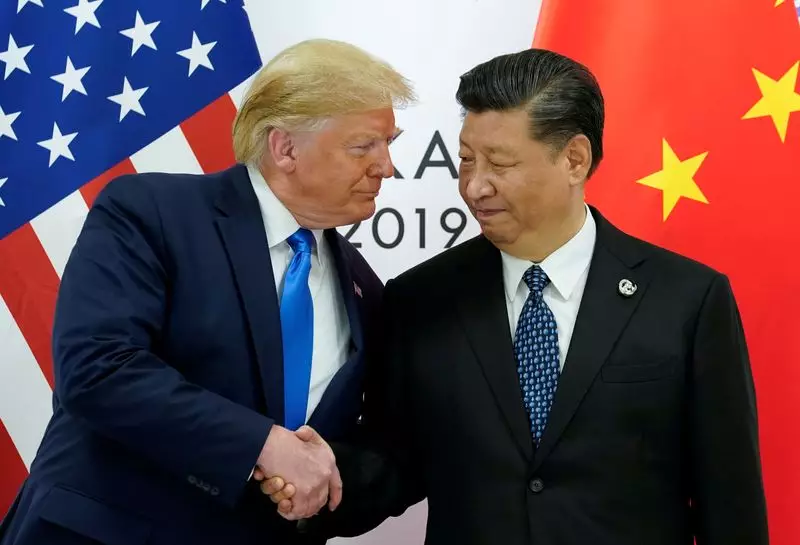The recent U.S. elections have resulted in the return of Donald Trump to the White House, a development that has sparked a range of reactions globally, especially in China. Trump’s victory over Kamala Harris, a notable figure in the Democratic Party, is not just significant for American politics. It also raises crucial questions about the future of China-U.S. relations, which have been fraught with tension over trade, security, and geopolitical interests. The Chinese government has officially acknowledged this outcome, expressing respect for the democratic process and offering congratulations to Trump, setting a tone that hints at a desire for constructive engagement.
Trump’s history with tariffs is well-documented, and his potential policies in a second term could revert to the aggressive trade strategies that characteristically defined his first presidency. With proposals for imposing steep tariffs on various Chinese imports, the potential for renewed trade conflict looms large. The previous administration’s tariffs ranged from 7.5% to 25%, but the new threats of 60% tariffs could substantially impact China’s already vulnerable economy. Amidst a downturn in the property sector, rising local government debt, and sluggish domestic demand, the repercussions of such policies would be profound, likely exacerbating these existing economic challenges.
Chinese state media have articulated a vision for potential improvement in bilateral relations, advocating for a pragmatic approach. This reflects an understanding that while there are deep-seated differences—particularly concerning Taiwan and the South China Sea—there are also mutual interests that can be pursued. Editorials emphasize that the new U.S. administration should not squander the opportunity to foster dialogue. Instead of approaching the relationship through the lens of competition and conflict, there is a call for collaboration and engagement, focusing on shared challenges such as climate change and global security.
The editorial perspective from China suggests that a deep-seated misunderstanding of its economic practices and political strategies complicates U.S.-China relations. The portrayal of China as a challenger to U.S. dominance can lead to policies that exacerbate tensions rather than mitigate them. Therefore, policy-makers in both nations are urged to move beyond misconceptions and engage in serious discussions to address perceptions and foster better understanding.
As both nations stand at a crossroads, the next steps in addressing bilateral relations hinge upon dialogue and a willingness to address contentious issues head-on. Trump’s anticipated return to power presents both a risk and an opportunity—a chance to reset relations marked by confrontation while creating a framework for cooperation. Initiatives geared towards understanding and pragmatism will be essential as both countries navigate the intricacies of their intertwined fates in an increasingly complex global landscape. The choices made in the coming months will undoubtedly shape not only the future of China-U.S. relations but also the broader geopolitical landscape.

